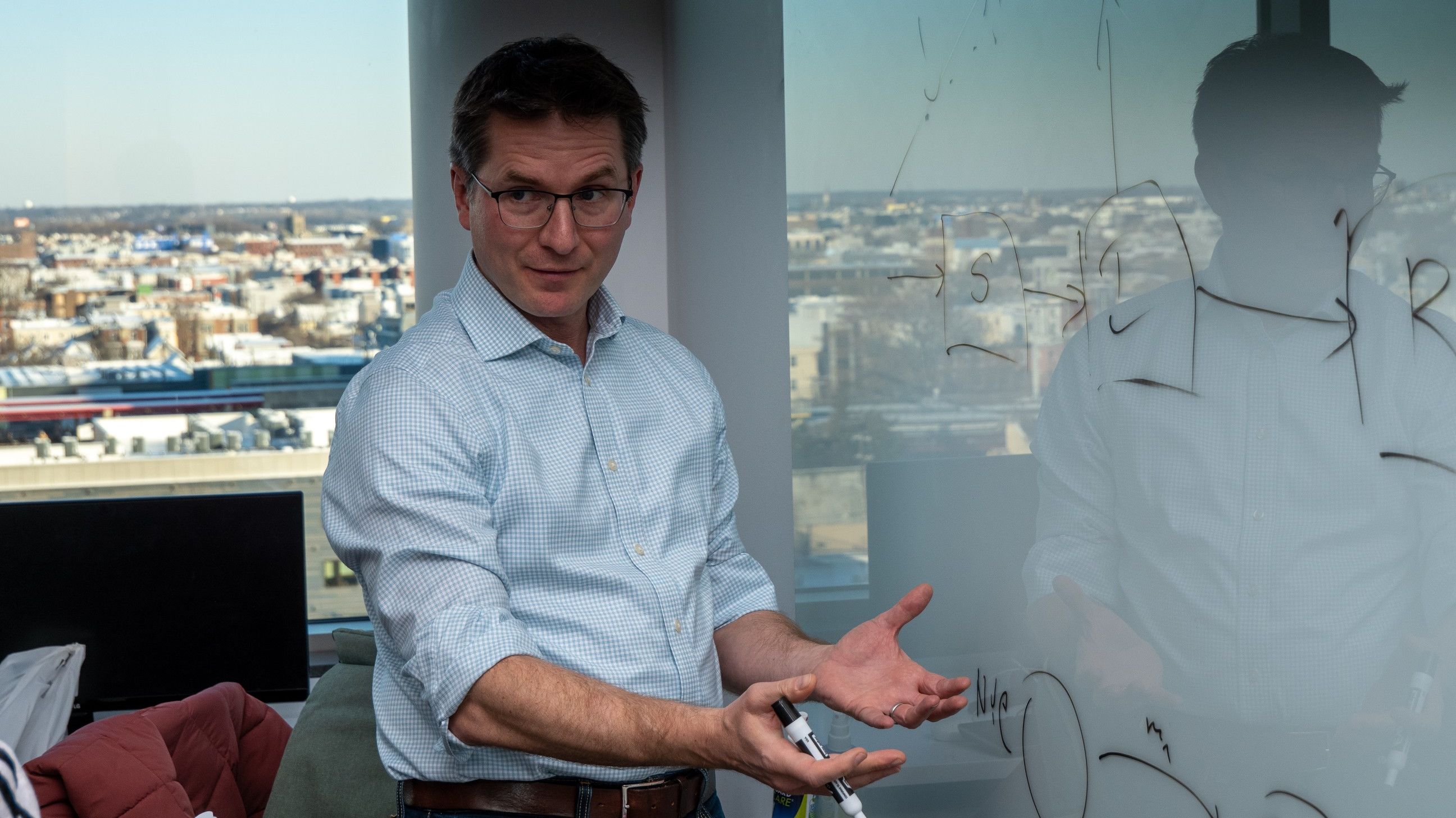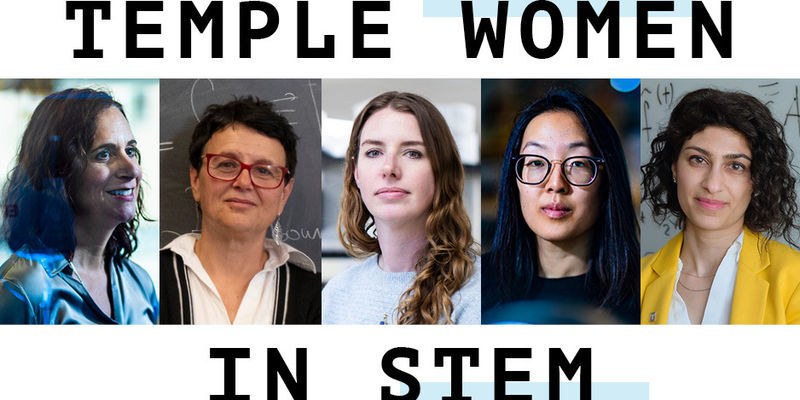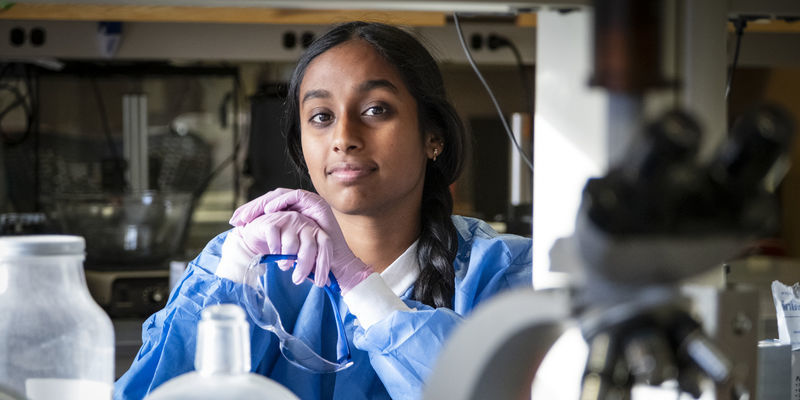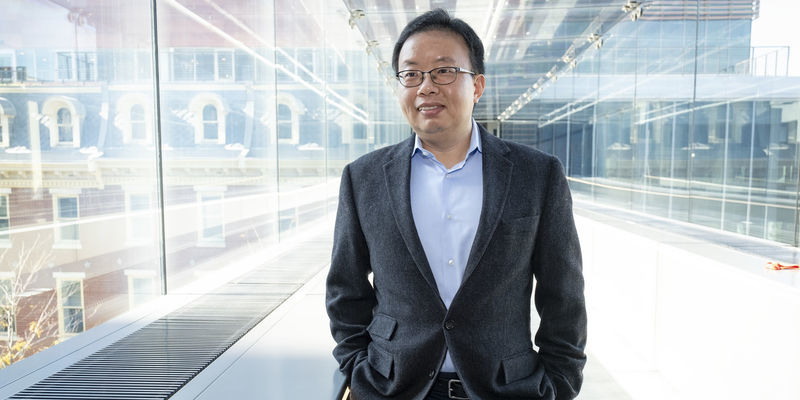Temple professor helps African national malaria programs combat deadly new strains
Maciej Boni, an internationally recognized evolutionary epidemiologist, has been working with Rwanda, Tanzania and Uganda to design strategies to slow down drug resistance in malaria.

In the summer of 2020, as the world continued to combat COVID-19 with no vaccine in sight, another major health crisis was emerging in Africa. That August, Rwanda became the first African country to report the existence of malaria parasites with resistance to artemisinin, the world’s most effective malaria treatment. The arrival of these deadly new types of malaria in Africa, which is home to more than 90% of the world’s malaria cases, caused major concern in the global science and medicine communities.
Maciej Boni, a biology professor at Temple University, had been researching drug resistance in malaria since 2008, long before it reached crisis levels. He was uniquely positioned to aid Africa’s response to these new strains of malaria.
As an internationally recognized evolutionary epidemiologist, Boni’s work investigates how diseases evolve during epidemics. His lab, which operates out of Temple’s Institute for Genomics and Evolutionary Medicine, is one of just a handful of labs in the world conducting the kinds of highly specialized disease modeling that can help African countries develop strategies to slow down drug resistance in malaria.
“This probably happens to most faculty two or three times in their career, where all of the sudden the research you’ve been working on for 20 years is needed by somebody,” said Boni, who joined Temple in January after seven years at Penn State University. “So, then you shift priorities to make sure the research is being done right, that it’s being done fast and that you communicate appropriately about it.”
Slowing down malaria’s drug resistance can be done in a variety of ways. These include extending the period that a patient receives artemisinin, deploying multiple drugs in combination with artemisinin or treating patients with a different drug entirely, among many others.
Boni and his team are using an advanced computing cluster to run thousands of simulations that test the effectiveness of these different strategies in various African countries. The cluster is housed in Temple’s Owl’s Nest, a high-performance computing lab that university researchers use for intensive data analysis.
“In one of the simulation runs, everybody in Rwanda is simulated inside the computer’s memory,” Boni said, motioning to the high-powered laptop in front of him. “Obviously, we don’t have data on individuals, but we know the averages and variances for things like age, mobility, drug choice, where people live, their likelihood of being bitten by a mosquito, etc.”
The simulations run through the year 2035, projecting the failure rates of different strategies for slowing down drug resistance.
Boni takes the results of these simulations and shares them with the national malaria control programs (NMCPs) in Rwanda, Tanzania and Uganda. Their NMCPs use these valuable simulation outputs to design and eventually implement effective strategies.
“In the beginning, we took the lead and said here are 20 or 25 strategies that we’ll simulate for you. But now that we’ve been working with Rwanda’s national malaria program for two years, they’re beginning to tweak our suggested strategies to make them fit in with what is realistic and acceptable on the ground,” Boni said. “This is really good, because they know which strategies they can effectively implement.”
Modeling drug resistance in malaria is especially tricky due to the fact that malaria has developed multiple mutations to not just artemisinin, but to other drugs used in treatment. To most accurately model the progression of drug resistance, simulations must account for as many of these mutated malaria genotypes as possible. Accounting for those mutations is what sets apart Boni’s lab from the few other modeling teams around the world doing similar work.
“There are now probably 20 to 30 mutations in malaria parasites that have been identified and characterized as having important effects on drug resistance, which means that there are millions of mutational combinations (or genotypes) out there, some of which are partially drug resistant, some extensively drug resistant, and some in between,” Boni said. “We have done all of the legwork over the last five to six years to define the parameters of tens of thousands of these genotypes, and they’re all in our simulation.”
He shares this genotype data with disease modeling teams at Imperial College London and Oxford, which helps their researchers produce more accurate models.
“We work with a very talented group of individuals—Oliver Watson and Lucy Okell at Imperial College and Ricardo Aguas at Oxford,” Boni said. “We work together very fluidly. Our colleagues fully understand, and so do I, that our main responsibility is to help these partner countries.”
Rwanda is expected to begin implementing drug resistance strategies this year. Boni’s team is currently running simulations for Tanzania and Uganda, and he is in conversation with NMCPs in other African countries as well. The real-world results of their work will become apparent later this decade. Until then, Boni and his team are committed to testing and developing solutions for partner countries in Africa.

Research assistant Carter Farinha (left) and second year graduate student Venitha Bernard (right) are two researchers from Boni's disease modeling team. (Photography by Ryan S. Brandenberg)


